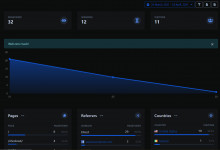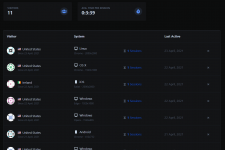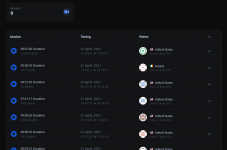Yes, I've been using alternate browsers and mobile devices to test that it's picking up page visitors at random. I'm attaching a few screenshots as examples (I'm removing any site-specific information though).



To test it out, I did two things. 1. I turned off the privacy/tracker blocking features of my browsers (for the site I was testing with), and 2. I added additional language to the pixel code as mentioned below.
The original code should look something like this:
<!-- Pixel Code for h ttps://yourdomain.tld/ -->
"async src="h ttps://yourdomain.tld/pixel/kEvafr5f9aqud">" (wrapped in a "script" tag)
<!-- END Pixel Code -->
After overriding the DNT settings it should be something like this:
<!-- Pixel Code for h ttps://yourdomain.tld/ -->
"async src="h ttps://yourdomain.tld/pixel/kEvafr5f9aqud" data-ignore-dnt="true">" (wrapped in a "script" tag)
<!-- END Pixel Code -->
As the script instructs, this should be added to the header of the site being tracked.




